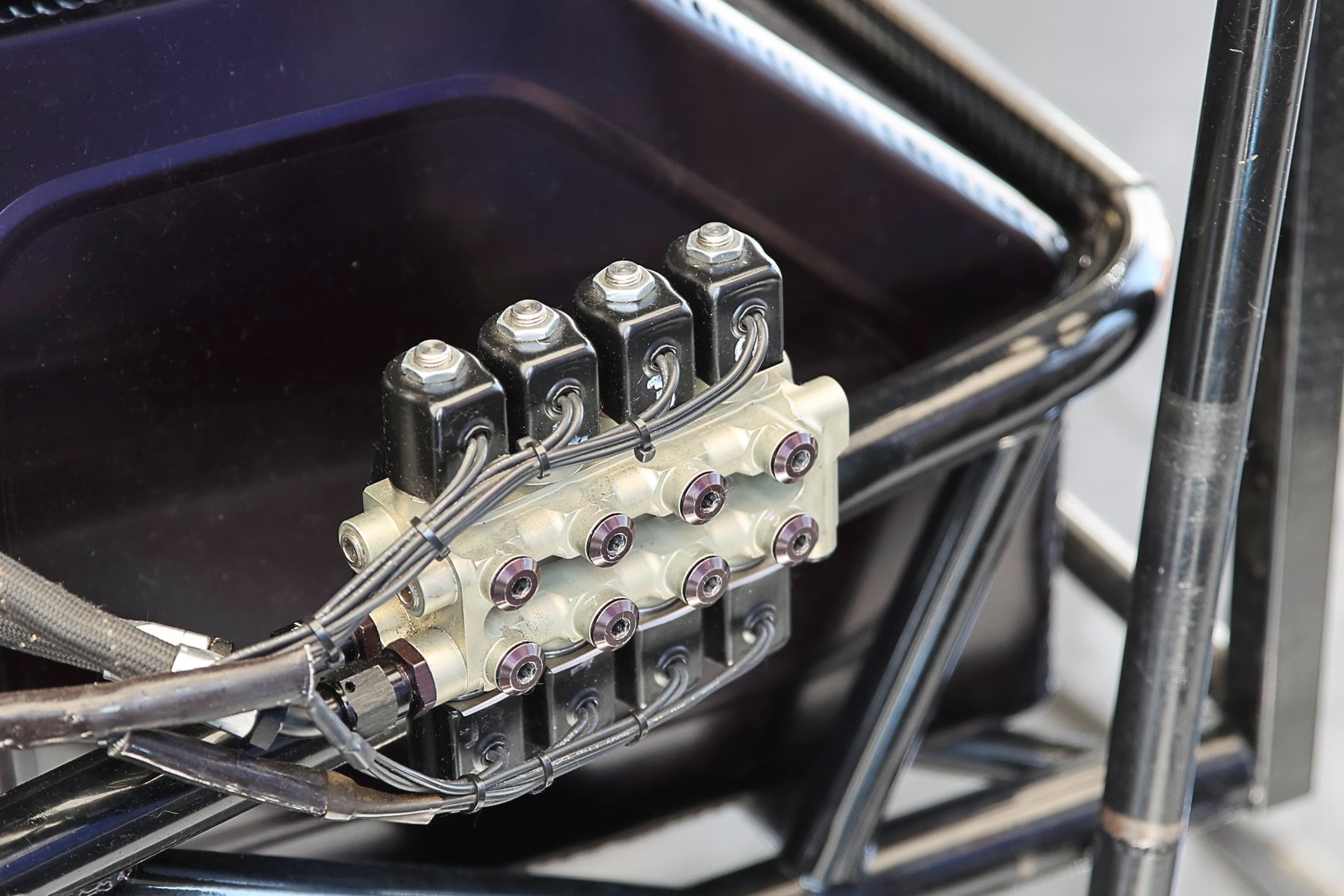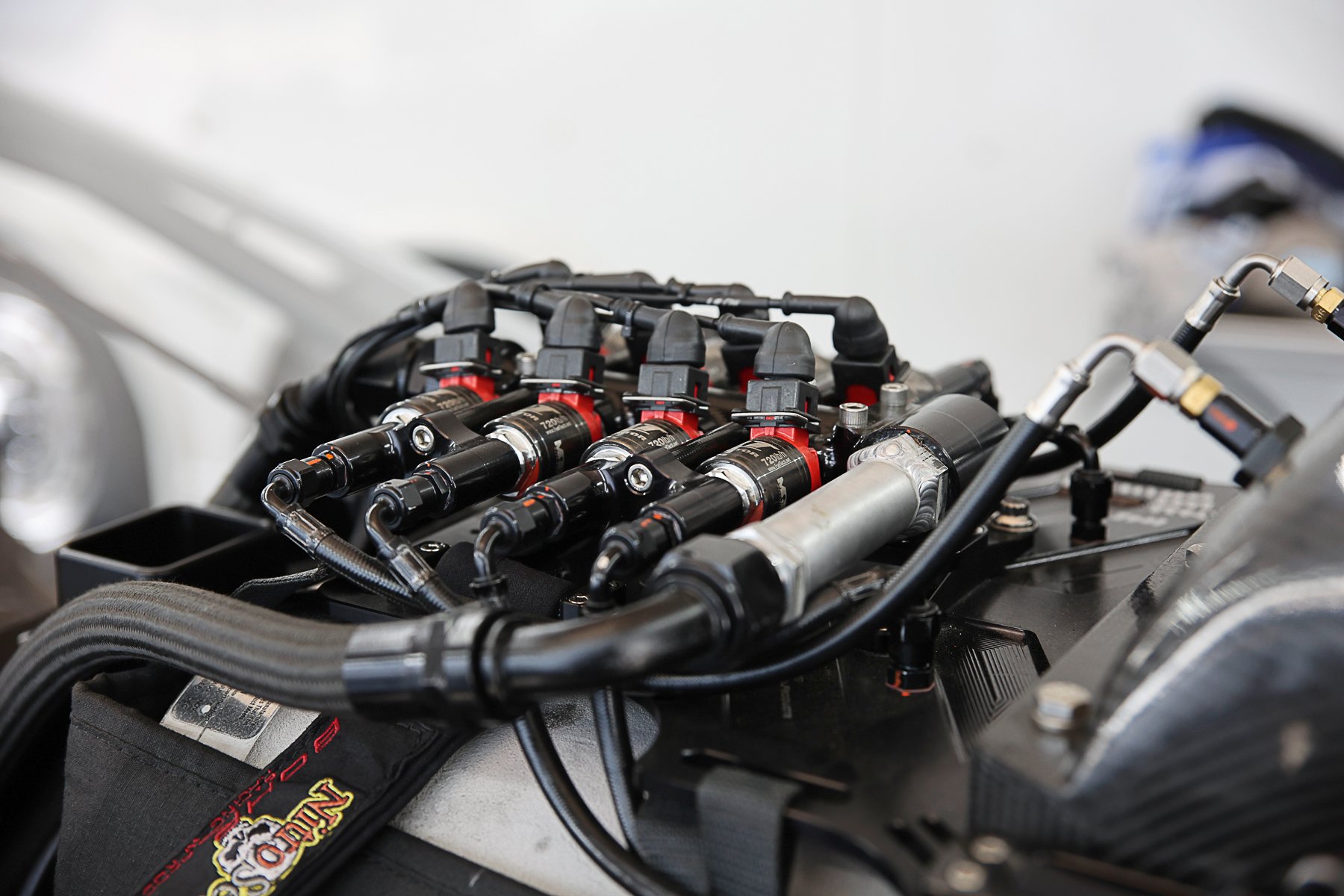Massive, mechanically fuel-injected, supercharged engines have been staples in drag racing. Tuners of these combinations are revered as legends since it takes a lot of skill to tame these beasts. FuelTech has shaken things up by making it easier than ever to tune screw and Roots-supercharged engines by either integrating its ECU into mechanically injected systems, or by going with a complete standalone electronic fuel injection system instead.
How Roots And Screw Blown Engines Are Controlled
Despite the intimidating stigma surrounding mechanical injection that makes it a mystery to most, the basic concept of how it works is surprisingly simple. In regards to most supercharged drag racing applications, the engine’s crankshaft is linked to the fuel pump. As the engine spins, the fuel pump directly follows suit and feeds the engine fuel.
Mechanical and EFI fuel systems are both found on Roots- and screw-blown engines. Each system still needs to be controlled so it can introduce the right amount of fuel at the right time into the engine. A FuelTech ECU has the ability to control either type of fuel system with extreme precision.
Although the general concept is straightforward, the trick in tuning mechanically injected screw- and Roots-supercharged combinations is perfecting that balance of fuel across an entire run to make the most power possible.
“At the output of the fuel pump, there are lines and restrictors and some go to the runners and some go to the supercharger injector hat,” explains Luis de Leon, FuelTech USA’s Chief Operations Officer. “Basically, tuners try to balance the fuel distribution between the two, with some going above the blower and some going below it.”
To make adjustments throughout the duration of a pass, tuners will incorporate pump loops to adjust the base volume and lean-outs that loop back to the fuel cell to decrease flow, both of which make the fuel pump act as if it were smaller than it really is. “Essentially, it’s like setting up a controlled leak,” de Leon notes. “When we add electronics to a mechanical system, it controls those leaks based on time, engine RPM, gear, and a whole lot of other factors.”
There are multiple ways to get fuel into a Roots or screw blown engine.
In mechanically fuel injected applications, because the fuel pump is directly linked to the engine, the pump gains flow as the engine gains RPM and the fuel curve isn’t actually a curve, but rather a…
Click Here to Read the Full Original Article at DragzineDragzine…


